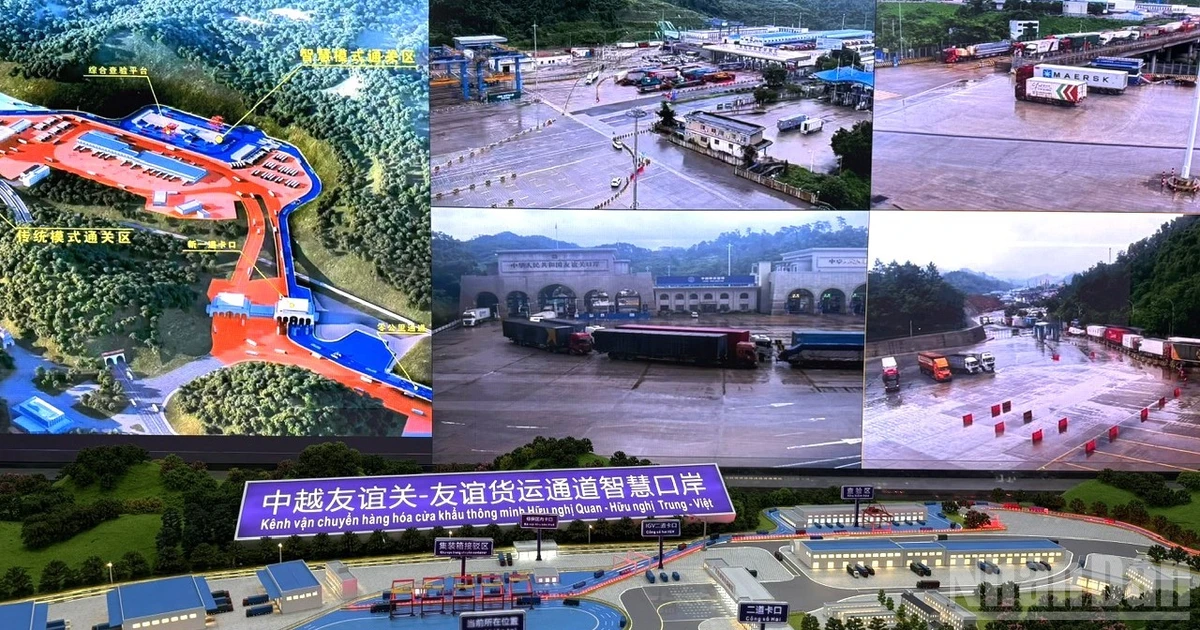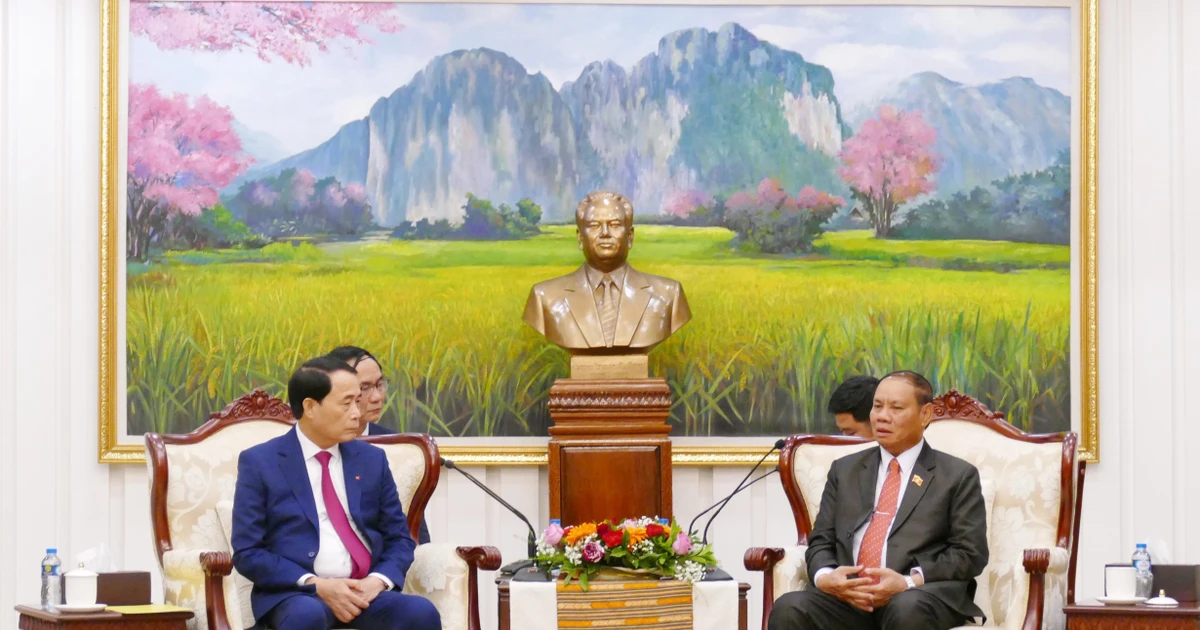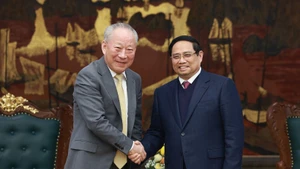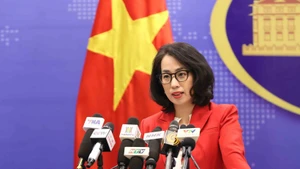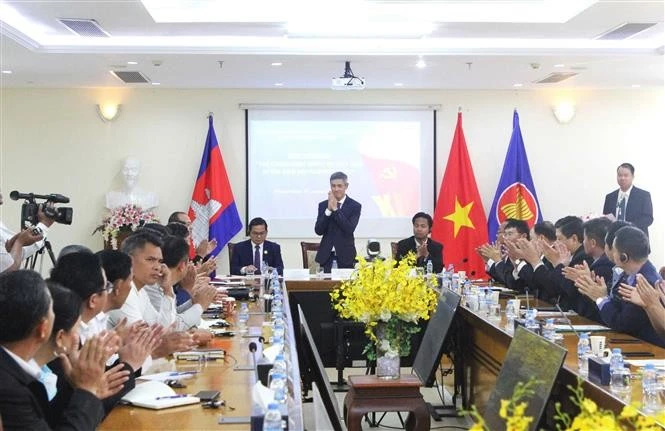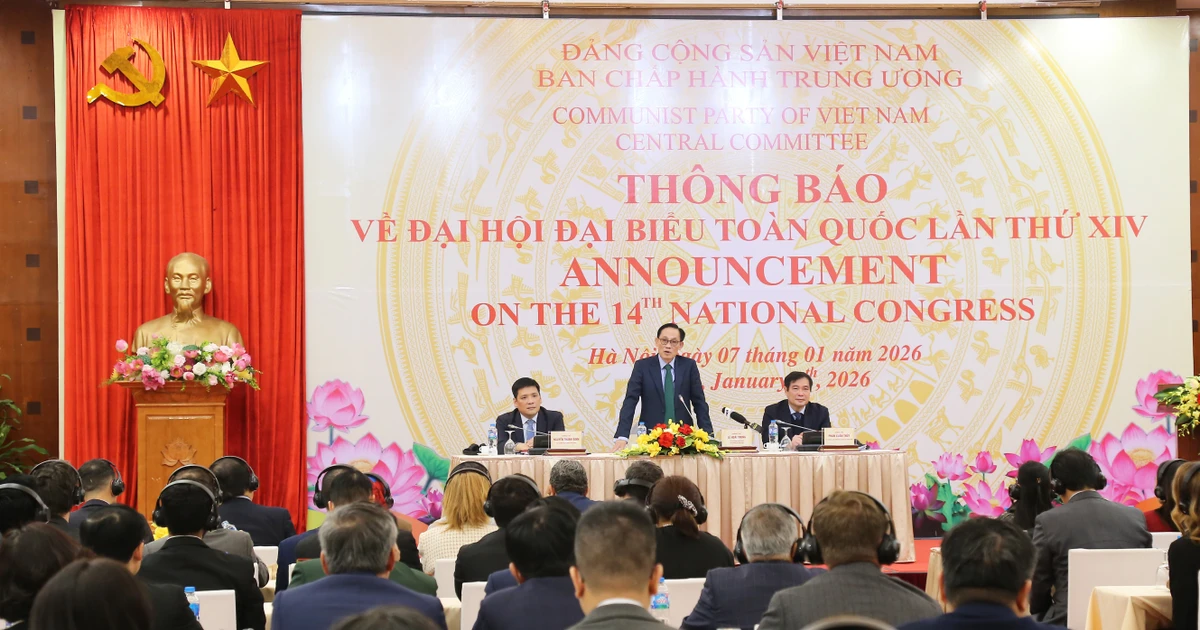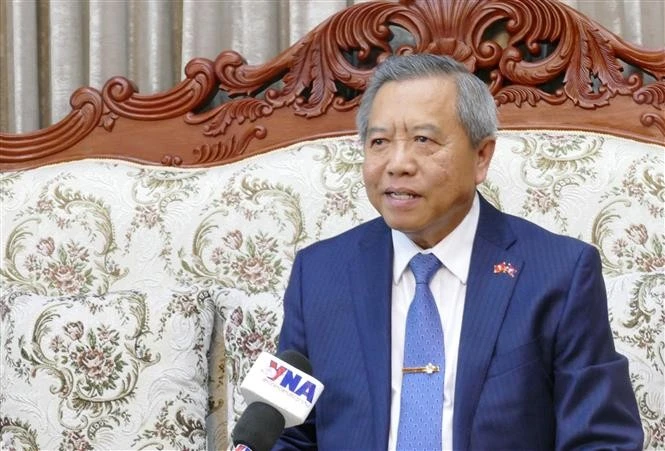Located in Pingxiang City, Chongzuo, Guangxi Zhuang Autonomous Region, opposite Viet Nam’s Huu Nghi Border Gate in Lang Son Province, Youyi Guan (Friendship Pass) is one of the busiest gateways. These days, it is common to see streams of trucks crossing the border, carrying electronics and home appliances for export to Viet Nam and bringing back fresh fruits into China.
As Guangxi’s largest land port for fruit imports, Youyi Guan has been upgraded with smart technologies to boost clearance efficiency, creating “fast lanes” for Vietnamese and ASEAN fruits to enter the Chinese market.
At the border gate, smart operations are applied across the board. Remote-controlled lifting equipment and unmanned IGV vehicles handle most loading and unloading tasks, enabling containers to be automatically transferred upon arrival. Unmanned operation has become a dominant trend in the clearance process.
Zhu Houdong, Deputy Commander of the Smart Border Gate Construction Project (Youyi Guan, China – Huu Nghi, Viet Nam), said the project aims to realise agreements reached between the two countries.
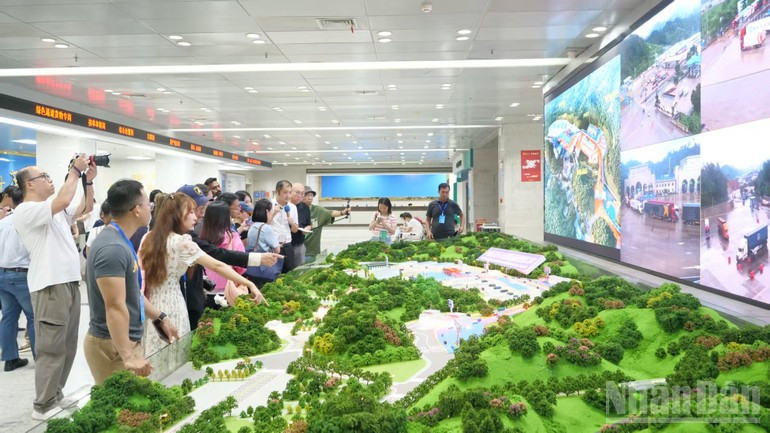
At present, the Chinese side of the smart border gate is essentially complete and undergoing testing, with trial operations expected to start by year’s end. As China’s first smart border project, it is expected to significantly increase clearance capacity, ease cargo congestion, and deepen bilateral economic and trade exchanges.
According to Zhu Houdong, under the traditional model, drivers must bring trucks to warehouses on the Vietnamese side for loading and unloading. Once the smart border gate is fully operational, trucks will only need to move to the container transfer zone. From there, the system will coordinate the process, with unmanned transport vehicles completing container transfers.
This will greatly reduce driver waiting times and vehicle usage time, enabling businesses to leave immediately after delivery and pick-up, while also significantly streamlining processing procedures.
